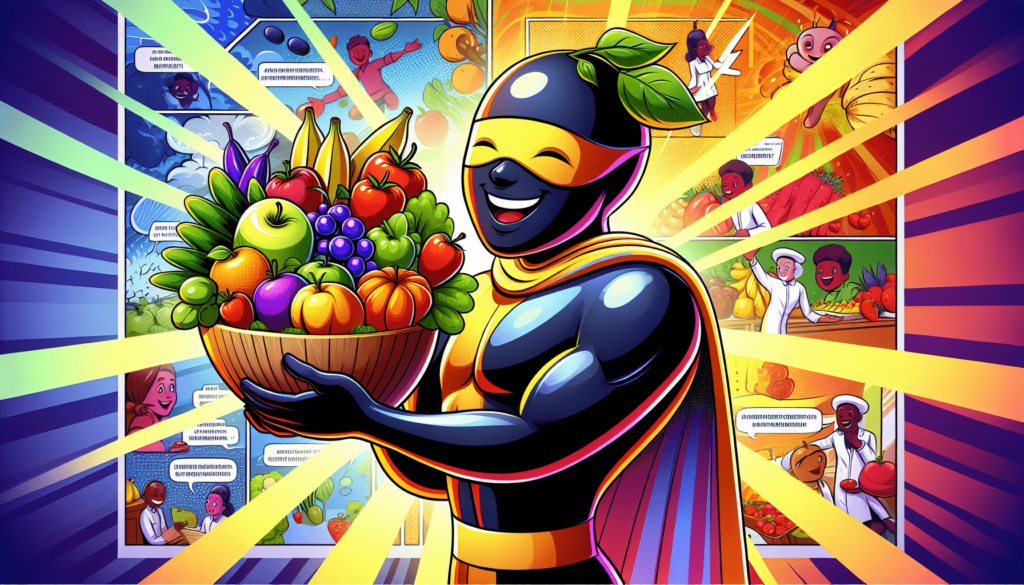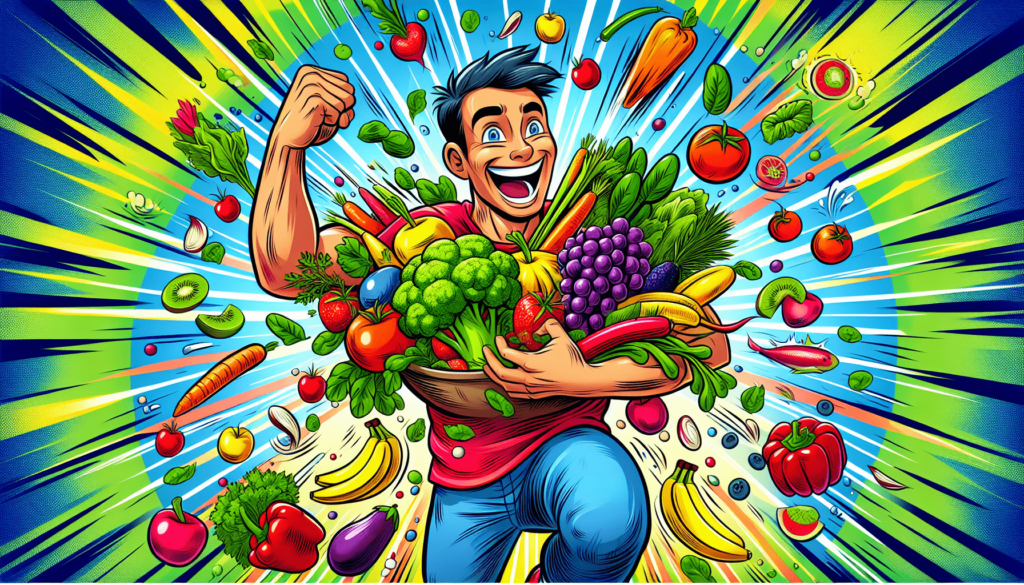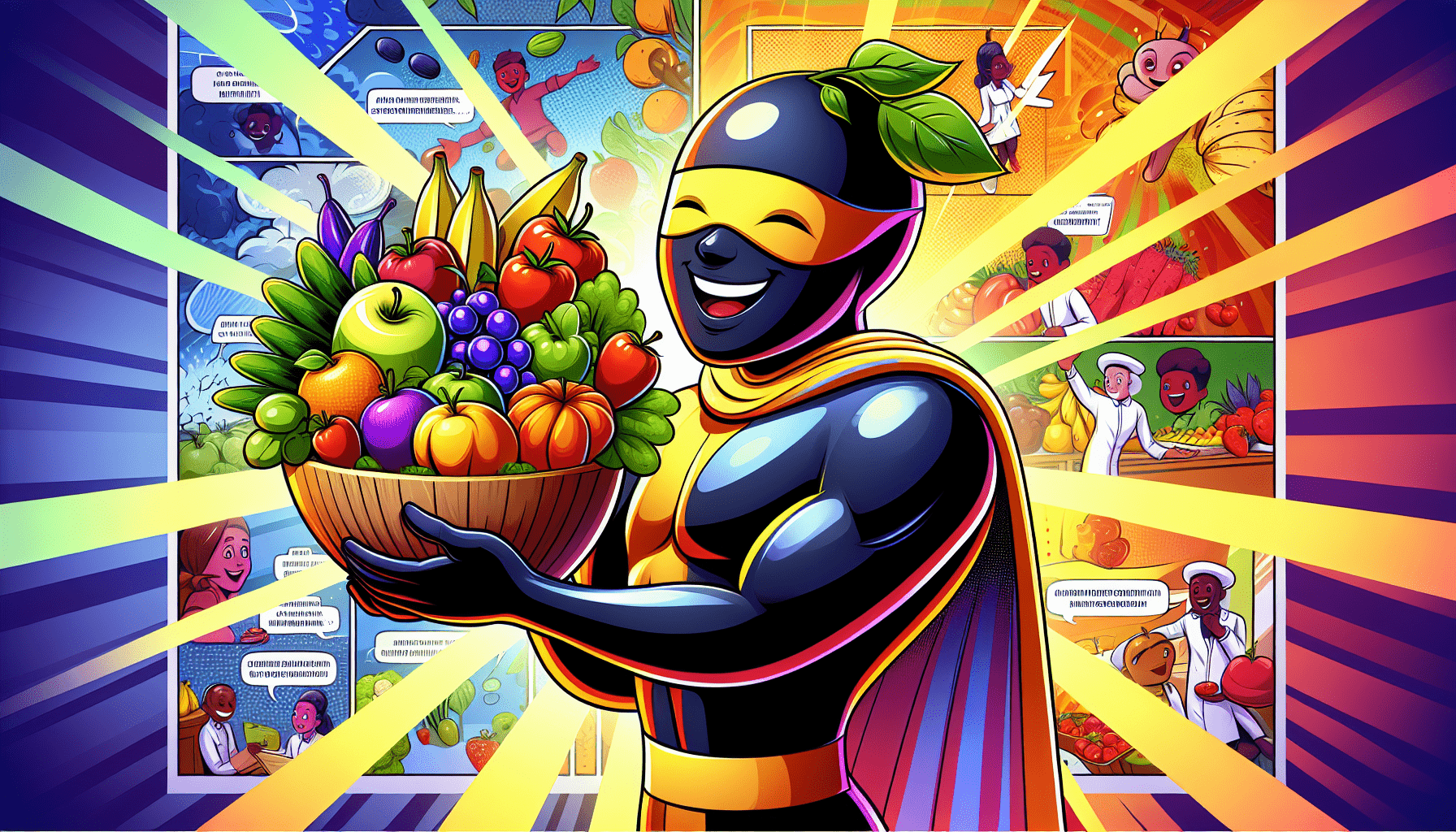As you dive into “Top Ways To Prevent Disease Through Cartoons,” you’ll discover how captivating animations are being used to simplify and spread crucial health information. This article explores innovative strategies that utilize the fun and engaging nature of cartoons to educate people, especially children, about key practices to prevent diseases. Whether it’s through quirky characters demonstrating handwashing techniques or animated stories about the importance of vaccinations, you’ll find out how these creative tools are making a significant impact on public health awareness. Have you ever wondered how the colorful and imaginative world of cartoons could actually help you stay healthy? It’s a curious thought, isn’t it? Cartoons aren’t just for entertainment anymore. They’re becoming powerful tools in education, including health education. By translating complex medical information into simple, engaging stories, cartoons are making it easier than ever to learn how to prevent diseases.

Understanding the Power of Cartoons in Health Education
Cartoons have a unique ability to capture our attention and present information in a way that’s easy to understand and remember. The visual and auditory stimulation provided by cartoons can make even the driest subjects interesting. When it comes to health education, this can be a game-changer.
Why Cartoons Work: The Science Behind It
Cartoons can bypass the dry, sometimes intimidating jargon of medical language. They create a narrative that’s easy to follow, which is essential for grasping complex concepts. Characters in cartoons can express emotions and reactions that resonate with you, making the message more relatable. Whether it’s a superhero fighting off germs or a friendly character explaining handwashing, these visual stories stick with you.
Emotional Engagement
Cartoons often create an emotional connection that can be very powerful. You might feel empathy with a character going through a health challenge, or laugh at the antics of a character making mistakes and learning from them. This emotional engagement helps reinforce the message and makes it more memorable.
Accessibility for All Ages
One of the most significant benefits of using cartoons is that they are accessible to people of all ages. Children, adolescents, and even adults can absorb health messages through cartoons. The simple language and relatable stories can bridge gaps that written or spoken information might not.
Top Cartoons and Animation Techniques for Disease Prevention
Using cartoons to promote health isn’t as new as you might think. There are several well-known cartoons and animation techniques that have been used to educate people on preventing diseases.
Superheroes and Hygiene
Remember Captain Planet? This 1990s television show tackled various environmental issues. Imagine a similar character for health education. A superhero who battles germs, teaching kids the power of cleanliness and hygiene.
| Superhero | Disease Prevention Lesson | Episode Ideas |
|---|---|---|
| Germinator Genny | Importance of Handwashing | “The Battle of the Sneezes” |
| Vaccine Victor | Value of Vaccination | “The Vexing Virus Villains” |
| Nutri-Ninja | Healthy Eating | “The Vegetable Victory” |
The Magic School Bus: Health Edition
The Magic School Bus is another great example. Episode concepts could include exploring the human body, showing how diseases spread, or illustrating the effects of diet and exercise.
Simple Animation Techniques
Even simple animations can have a significant impact. Characters like Stickman Sam could be featured in short clips across social media, explaining basic health tips like sneezing into your elbow or washing your hands for at least 20 seconds.
Case Studies: Successful Use of Cartoons in Health Education
There have been successful programs that have used cartoons to promote health-related messages worldwide. Let’s take a look at a couple of these case studies.
Case Study 1: Say No to Malaria – Tanzania
In Tanzania, a cartoon campaign was launched to combat malaria. Characters like Mozzie the Mosquito and Netty the Net helped convey the importance of using bed nets to prevent mosquito bites.
Case Study 2: Hygiene Promotion in India
A series of animated shorts were created to educate children about the importance of hygiene. The characters, Germ-Busters, showed kids why they should wash their hands regularly and how they could keep germs away.
Case Study 3: Life-Saving Stories in Sierra Leone
During the Ebola outbreak, animated stories were circulated to educate the public about the symptoms of Ebola and how to prevent its spread. These stories were crucial in controlling the outbreak.
How to Create Your Own Health Education Cartoons
You don’t need a team of professional animators to start creating your own health education cartoons. With some creativity and the right tools, you can craft engaging and informative content.
Step 1: Identify Key Health Messages
First, decide on the health messages you want to convey. Whether it’s handwashing, vaccination, or healthy eating, pinpoint the most critical points.
Step 2: Create Engaging Characters
Create characters that your audience can relate to. They could be superheroes, animals, or even everyday objects brought to life. Make sure your characters have personalities that can convey your messages effectively.
Step 3: Choose the Right Tools
There are various user-friendly animation tools available. Software like Toon Boom, Powtoon, and even Canva can help you create simple yet compelling cartoons.
Step 4: Tell a Story
People remember stories better than standalone facts. Construct a narrative that holds attention while educating at the same time.
Step 5: Share and Get Feedback
Share your creations on social media, in classrooms, or during community health events. Ask for feedback to improve your content continually.

Conclusion: The Future of Health Education Through Cartoons
The integration of cartoons into health education is just beginning. As technology advances, the potential reaches of these animated educators will only grow. By keeping the tone light, engaging, and informative, you can help make crucial health information accessible and memorable for audiences of all ages.
So next time you think about cartoons, remember—they’re not just for laughs. They’re also providing valuable lessons on how to stay healthy. Isn’t that an exciting twist on your favorite childhood pastime?
